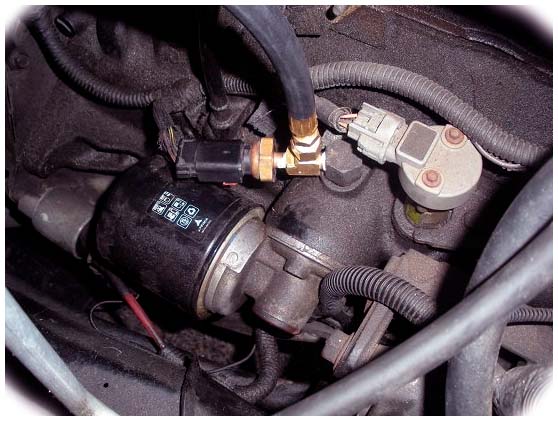The oil pressure sending unit in your Jeep Cherokee is a part that monitors the amount of oil pressure in your engine and sends an electrical signal to the vehicle’s gauge cluster to let you know when the oil pressure is low or high. If your engine’s oil pressure drops too low, it can cause serious damage, so it’s important to always keep an eye on it. In this article, we’ll show you how to replace the oil pressure sending unit on a Jeep Cherokee so you can be sure that your engine is being properly monitored for optimal performance.
Tools Needed for Installation
To replace the Oil Pressure Sending Unit (OPSU) in a Jeep Cherokee, you will need a few tools to help with installation and removal:
- Socket Wrench Set
- Ratchet & Extensions
- Pliers
- Wire Cutters & Strippers
 Removal of Old Oil Pressure Sending Unit
Removal of Old Oil Pressure Sending Unit
Once you have all your tools ready, locate the OPSU in your Jeep Cherokee’s engine bay near the top-most side of the engine block (it should be easy to spot, as it will have a wire connected to it). Using the socket wrench set, detach the wire connector and loosen the bolts that hold the OPSU in place. Carefully remove the old OPSU and set it aside.
Installing New Oil Pressure Sending Unit
To install your new oil pressure sending unit, begin by connecting the wiring harness to its corresponding port at the back of the new OPSU. Make sure it is securely in place before you continue. Next, carefully slide the new OPSU into place over where you just removed your old one and tighten all its bolts with your socket wrench set.
Final Checks
Before starting your engine after installation, be sure to run a few tests using a multimeter to ensure that everything is working properly. Turn on your ignition and check for power at both terminals of your new OPSU (using both should signal that there is power). If all looks good, start up your engine and look at your gauge cluster – if you see any sort of warning light or an incorrect reading on the oil pressure display, shut off your engine immediately and double-check for any loose connections or incorrect installation steps taken during the replacement process. After these checks, you might also want to know what is the normal oil pressure for your specific vehicle. This information can be crucial in understanding if your engine is operating under the right conditions and if the new OPSU is functioning as expected.
Conclusion
Replacing the oil pressure sending unit in your Jeep Cherokee is a simple process that can be completed in a few hours, given you have all the necessary tools and are confident in following each step as outlined. Be sure to always double-check for proper wiring and installation, as well as run tests with a multimeter for extra assurance that everything is running properly before starting your engine. With this guide, you can have peace of mind knowing that your oil pressure is always being monitored and that your vehicle is running at its optimal performance level.


 Removal of Old Oil Pressure Sending Unit
Removal of Old Oil Pressure Sending Unit
Add Comment